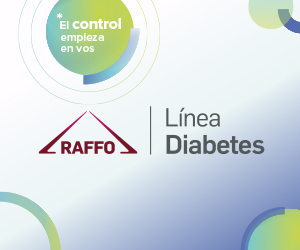Role of exercise in the prevention and treatment of gestational diabetes
DOI:
https://doi.org/10.47196/diab.v57i3Sup.678Keywords:
exercise, prevention, treatment, gestational diabetesAbstract
Exercise is a very valuable therapeutic tool during pregnancy. It is known that metabolic control improves in diabetes and in pregnant women with risk factors for gestational diabetes (GDM), exercise started in the first trimester could reduce the incidence of GDM. In 1991 Bung did one of the first randomized controlled trials in women with GDM in which the glycemic response to exercise was evaluated. They enrolled 21 patients, 17 of whom were undergoing insulin therapy treatment. All patients improved glycemic control and the insulin group even stopped taking the drug. Several studies confirmed the beneficial results of exercise in metabolic control in GDM Other investigators observed satisfactory results at the psychological level and improvement of insomnia. Benefits of maternal exercise on fetal weight and neurodevelopment have also been reported. Some authors refer that exercise could have a favorable effect in the prevention of preeclampsia; however, there is no consensus in this regard.
We know that exercise favors glucose uptake by muscle independently of insulin. During physical activity, muscle contraction consumes ATP and this is perceived by the cell as energy stress, which activates AMP kinase that favors GLUT4 translocation and, consequently, the entry of glucose into the cell. Prolonged training generates an increase in the synthesis of GLUT4.
The precautions to be taken and the contraindications do not differ from those of pregnancies without GDM.
When prescribing exercise, we must do it in a personalized way, taking into consideration if the patient is sedentary or if she does regular physical activity prior to pregnancy.
Which type of exercise is most beneficial during pregnancy: aerobic or resistance exercise? Aerobic and resistance exercise have different metabolic effects, but both have an important role in the treatment of GD.
References
I. Bung P, Artal R, Khodiguian N, Kjos S. Exercise in gestational diabetes. An optional therapeutic approach? Diabetes 1991;40(2):182-185.
II. Brankston GN, Mitchell BF, Ryan EA, Okun NB. Resistance exercise decreases the need for insulin in overweight women with gestational diabetes mellitus. Am J Obstet Gynecol 2004;190:188-193.
III. Keating N, et al. Aerobic or resistance exercise for improved glycaemic control and pregnancy outcomes in women with gestational diabetes mellitus. A systematic review. Int J Environ Res Public Health 2022;19:10791
IV. Padayachee C. Exercise guideline for gestational diabetes mellitus. World J Diabetes 2015;6(8):1033-1044.
Downloads
Published
How to Cite
Issue
Section
License
Copyright (c) 2022 on behalf of the authors. Reproduction rights: Argentine Diabetes Society

This work is licensed under a Creative Commons Attribution-NonCommercial-NoDerivatives 4.0 International License.
Dirección Nacional de Derecho de Autor, Exp. N° 5.333.129. Instituto Nacional de la Propiedad Industrial, Marca «Revista de la Sociedad Argentina de Diabetes - Asociación Civil» N° de concesión 2.605.405 y N° de disposición 1.404/13.
La Revista de la SAD está licenciada bajo Licencia Creative Commons Atribución – No Comercial – Sin Obra Derivada 4.0 Internacional.
Por otra parte, la Revista SAD permite que los autores mantengan los derechos de autor sin restricciones.


































